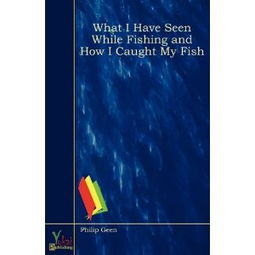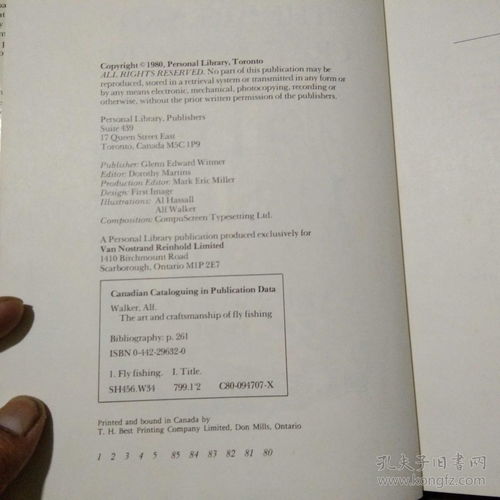
Content:
Fishing is an ancient pastime that has been cherished by many for its tranquility and the thrill of the catch. Using a fishing rod to reel in your prize is an art that requires patience, skill, and a bit of know-how. Whether you're a seasoned angler or a beginner looking to cast your line into the water, here are some essential techniques to help you master the art of fishing with a fishing rod.
Understanding Your Fishing Rod
Before you start fishing, it's crucial to understand the basics of your fishing rod. Here's a quick rundown:
- Length: The length of your rod determines how far you can cast and how much control you have over your lure or bait.
- Action: The action of a rod refers to how it bends when you apply pressure. Fast-action rods are great for casting lighter lures, while slow-action rods are better for heavier lures and bottom fishing.
- Power: The power of a rod refers to its strength and ability to withstand pressure. Light-power rods are ideal for panfish, while heavy-power rods are designed for larger fish like bass and pike.
Choosing the Right Bait or Lure
The type of bait or lure you choose depends on the species of fish you're targeting and the conditions of the water. Here are some common options:
- Live Bait: Live bait like worms, minnows, or leeches can be very effective, especially for catching fish that are naturally foraging.
- Artificial Lures: Artificial lures come in various shapes and sizes, including spinners, jigs, crankbaits, and fly fishing flies. They mimic the movement of real prey and can be highly effective.
- Soft Plastics: Soft plastics like worms, grubs, and lizards are versatile and can be used in a variety of ways, from wiggling them on the surface to slowly twitching them along the bottom.
Casting Your Line
Casting is the process of throwing your lure or bait into the water. Here's how to do it:
- Hold the Rod: Grip the rod with a comfortable stance, using your dominant hand for casting and your non-dominant hand for balance.
- Load the Rod: Bending the rod backward slightly before casting is called "loading" the rod. This stores energy that will be released when you cast.
- Point the Rod: Aim the rod tip at your target and take a deep breath to steady yourself.
- Cast: With a smooth, continuous motion, begin to bring the rod forward while simultaneously releasing the line. The energy stored in the rod will propel the lure or bait.
Reeling in Your Catch
Once you've hooked a fish, it's time to reel it in:
- Set the Hook: When you feel a tap or pull on your line, set the hook by jerking the rod upward sharply. This helps to secure the fish.
- Play the Fish: Keep the rod tip slightly bowed and reel in the slack line as the fish fights. Don't set the hook too hard, as this can cause the fish to break off.
- Land the Fish: Once the fish is close enough to the boat or shore, slowly lower the rod and net the fish out of the water.
Maintaining Your Equipment
To ensure your fishing rod remains in good condition, follow these maintenance tips:
- Clean Your Rod: After each fishing trip, rinse your rod with fresh water to remove saltwater or dirt.
- Dry Your Rod: Wipe the rod down with a soft cloth to remove any remaining moisture.
- Store Properly: Store your rod in a rod holder or in a protective case to prevent damage.
Final Tips
- Weather Awareness: Check the weather forecast before heading out to fish. Windy conditions can make casting difficult, while extreme temperatures can affect the fish's behavior.
- Patience: Fishing requires patience. Don't get discouraged if you don't catch anything right away. Fish can be unpredictable, and sometimes it takes time to find them.
- Safety First: Always wear a life jacket when fishing from a boat, and be aware of your surroundings to avoid accidents.
By following these techniques and tips, you'll be well on your way to becoming a skilled fisherman using a fishing rod. Remember, the key to successful fishing is practice, observation, and a love for the sport. Happy fishing!












